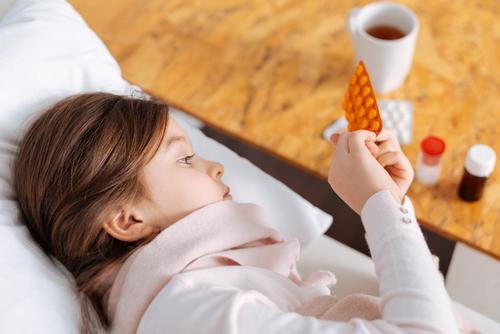Children Taking Multiple Medications at Risk for Severe Reactions
Study finds 1 in 5 children taking medications, with respiratory and psychotherapeutic agents the most common

U.S. kids are 70 percent more likely to die before adulthood than kids in other rich countries .Shutterstock
|Updated:



